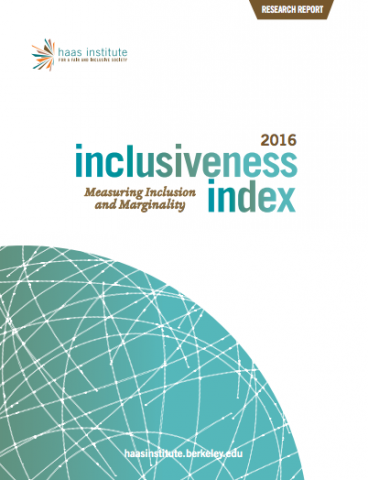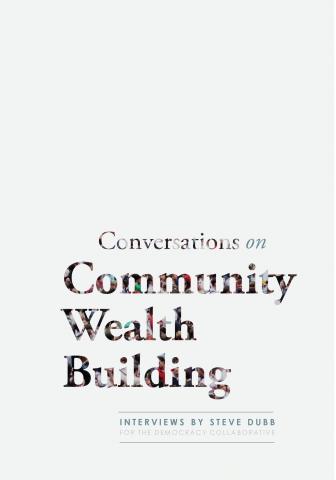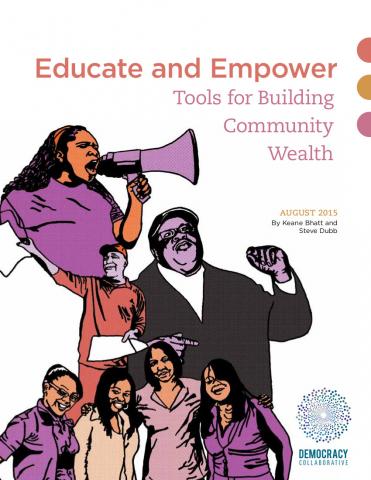This analysis uses the Racial Wealth Audit, a framework developed by the Institute on Assets and Social Policy (IASP) to assess the impact of public policy on the wealth gap between white and Black households. We use the framework to model the impact of various student debt relief policies to identify the approaches most likely to reduce inequities in wealth by race, as opposed to exacerbating existing inequities. We focus specifically on the Black- white wealth gap both because of the historic roots of inequality described above, and because student debt (in the form of borrowing rates and levels) seems to be contributing to wealth disparities between Black and white young adults, in particular.



